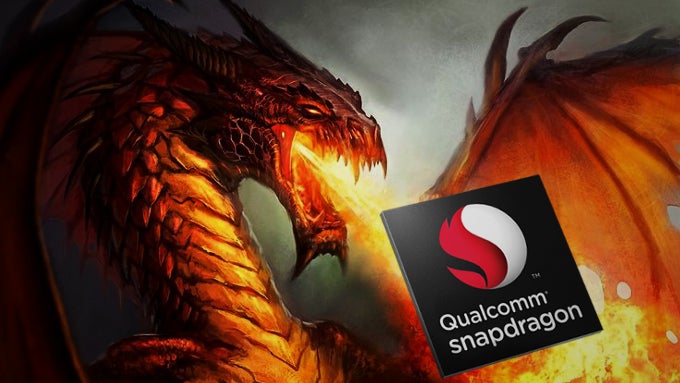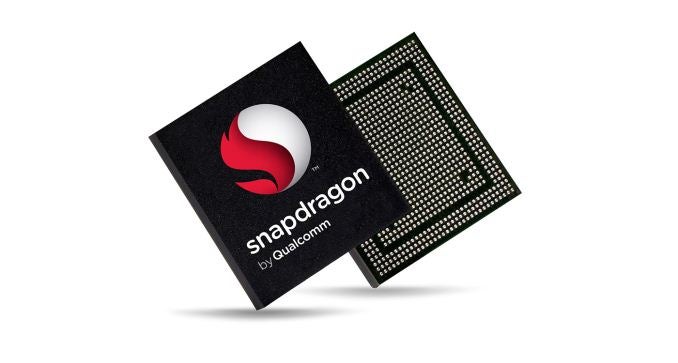Leak spills all about the Snapdragon 835 chipset which will power 2017's high-end phones

The Snapdragon 835 is described as 27% faster than its predecessor, the 820.
In addition, Qualcomm touts improvements to charging, battery life, camera capabilities, connectivity, and security. The company has given some interesting figures: 1+ day of talk time, 5+ days of music playback, and 7+ hours of 4K video streaming, with the Quick Charge 4 technology providing five hours of battery life for five minutes of charging. These values are presumably taken from a test device and provide a theoretical reference of what we can expect from a Snapdragon 835-powered phone. However, Android manufacturers use vastly different components from each other and implement them in their own peculiar ways. This means all SD 835 devices will deviate from these measurements, be it a little or drastically.Photography has been improved with a new generation of 4K video stabilization (EIS 3.0) with advanced yaw, roll, and rolling shutter. Qualcomm has also introduced support for Dual Photodiode and enhanced the hybrid auto-focus framework to bring intelligent phase and lighting detection. The chip is also ready to handle a dual camera setup out of the box by incorporating the Clear Sight platform, which will let device makers experiment more freely with this technology.

To deliver cutting-edge connectivity, the Snapdragon 835 is equipped with an X16 LTE modem and custom support for 802.11ad Wi-Fi networks. It supports peak download speeds of up to 10X faster than first-generation 4G LTE devices, along with 256-QAM digital signal processing, 4x4 MIMO, and up to 4X carrier aggregation. The modem itself has a 45% smaller footprint and a 60% improvement in power efficiency.
The Snapdragon 835 also features extended security, thanks to the Haven platform which provides three layers of security on SoC, device, and system levels. It can authenticate the user with pin codes, fingerprints, eye and face-based security, which means 2017 could see more devices with iris scanners or camera-enabled security.
Finally, Qualcomm is betting on machine learning, utilizing the Snapdragon 835's computing strength to enable features like object recognition for better photos, real-time hand-tracking for more immersive VR experiences, voice recognition for virtual assistants, and biometric authentication.
The Snapdragon 835 will be the chipset you'll be hearing about most often this year. On paper, it seems to be Qualcomm's finest processor to date. Hopefully, it will prove a strong successor to the well-regarded Snapdragon 820 that's powering your last year's flagship.
ALSO READ
Follow us on Google News












Things that are NOT allowed:
To help keep our community safe and free from spam, we apply temporary limits to newly created accounts: